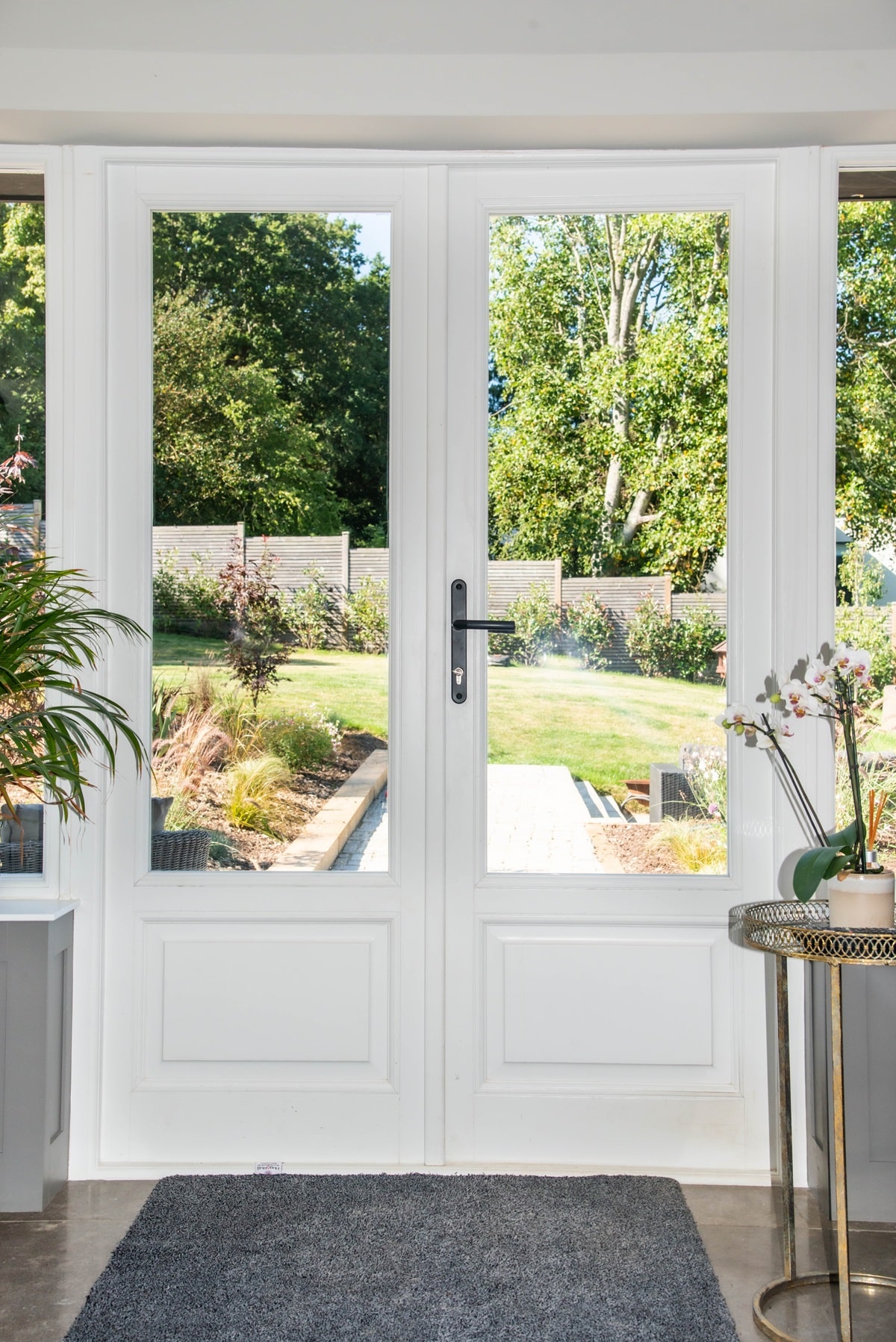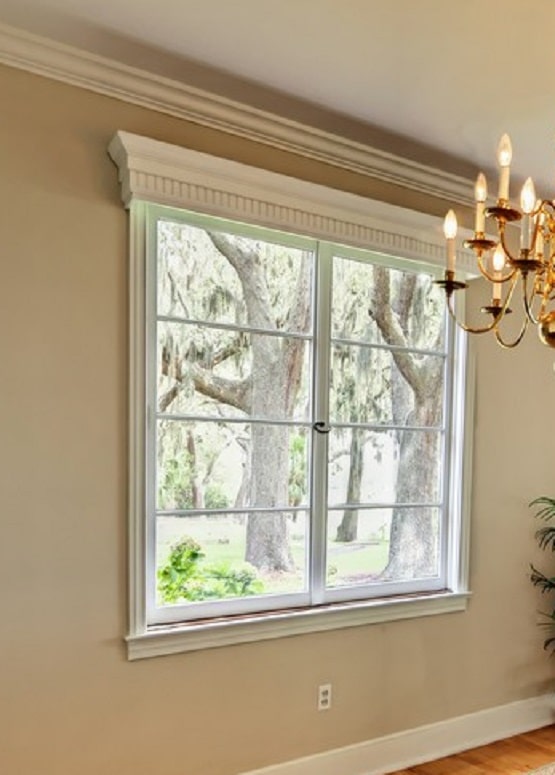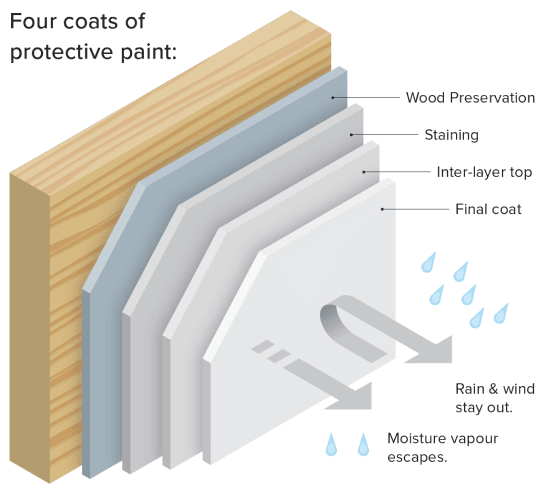Deciding to install double glazed sash windows can come with much trepidation – especially when you are contemplating replacing your original, traditional single glazed windows with new ones. It is a popular misconception that replacing your original sash windows with double glazed replacements means that you are going to lose the charm and character of your property.

Our double glazed windows are specifically designed to match the design of your original windows, providing insulation, and enhancing the efficiency of your home, without sacrificing the unique character you admire. Which is especially important if you live within a conservation area.
We perfectly match the traditional English sash, in which the sash window is operated with a pulley system and weights. A separation bar separates the weights (steel), which move up and down on both sides of the window frame. Spring versions are also available.
Here at Trade Timber Windows & Doors we take pride in the knowledge that we focus on the minor details that others may overlook.


Many original traditional timber sash windows tend to be susceptible to draughts. Despite their ability to keep out the outdoors, sash windows were originally created for a different purpose.

They were designed at a time when fireplaces were the primary source of heat in homes. To keep the fires running, sash windows had to let in some air to allow the fire to draw and burn. Sash window draughts are no longer essential in the homes of today, as most have contemporary central heating installed.
Our modern double-glazed sash windows also reduce dust and noise penetration, which are normally a common occurrence with traditional single glazed sash windows.
Did you know that to ventilate a room, the bottom and upper sashes should be slightly open? Clean, Fresh air is pulled in from the bottom, whilst the warmer, hot air is expelled from the top.


All our windows and doors, unless specified otherwise, come factory finislhed with four coats of protective paint. Our specialised microporous paint technology not only protects your products, but it allows the timber to breathe, meaning it is more durable and lasts longer.
Why Factory Paint?


We are extremely pleased with the outcome of our Sash Windows, which were installed by Arthur’s company..The level of craftsmanship is exceptional as is the customer service from start to finish! Highly recommended!!!

We are very pleased with the work that Arthur and his team did on our sash windows. They did an excellent job and the windows look fantastic. We would definitely recommend them to anyone looking for sash window installation or restoration work.

We had a great experience working with Arthur and his team on our sash window installation project. They did an amazing job and we are very happy with the results! We would definitely recommend them to anyone looking for sash window installation or restoration work!

It was a pleasure working with Arthur and his team on our sash window installation and restoration project. They did a great job and we are very happy with the results. We would definitely recommend them to anyone looking for sash window installation or restoration work

